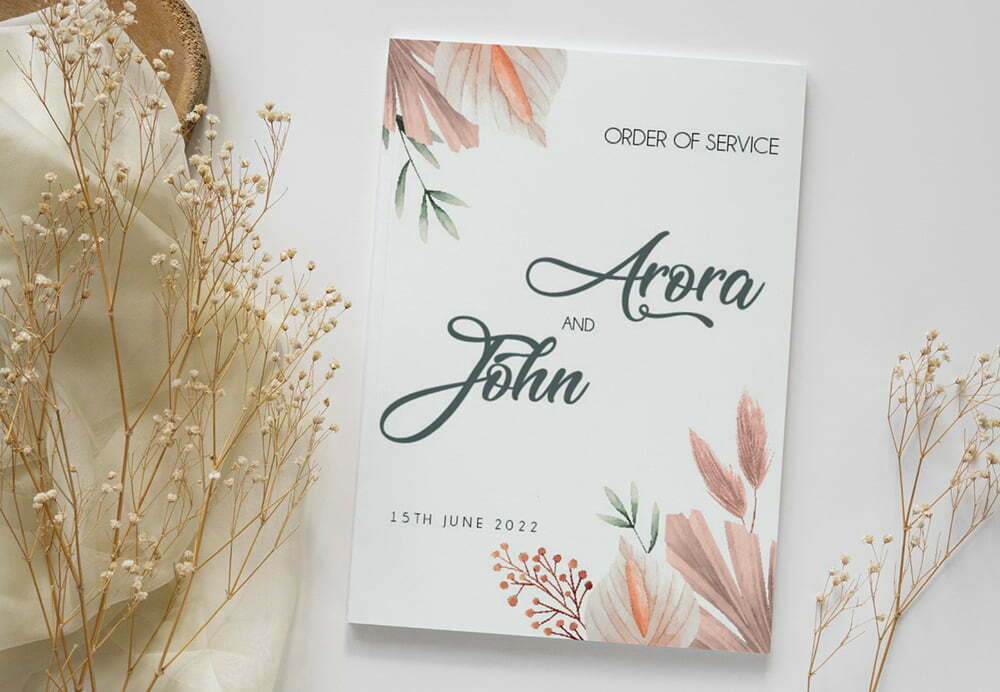Traditional vs. Modern Wedding Approaches to the Order of Service: Finding Your Perfect Fit
Cuerpo
When it comes to planning a wedding, one of the key elements is the order of service for weddings, which outlines the sequence of events during the ceremony. Traditionally, weddings followed a set order of service that included specific rituals and customs.
However, modern couples are increasingly embracing more personalized and non-traditional approaches to their wedding ceremonies. Let's explore the differences between traditional and modern wedding approaches to the order of service, helping you decide which style best reflects your vision for your special day.
Traditional Order of Service:

In a traditional wedding, the order of service typically follows a structured format that has been passed down through generations. Here are some key components of a traditional order of service:
- Processional: The ceremony begins with the processional, during which the wedding party enters the venue and takes their places at the altar. Traditionally, the processional includes the entrance of the bride, escorted by her father or another significant family member.
- Welcome and Introduction: The officiant welcomes the guests and introduces the purpose of the ceremony, often highlighting the significance of marriage and the commitment being made by the couple.
- Readings and Music: Traditional ceremonies may include readings from religious texts or poetry, as well as musical performances that add to the solemnity and beauty of the occasion.
- Exchange of Vows and Rings: The couple exchanges vows, pledging their love and commitment to each other, followed by the exchange of rings as a symbol of their union.
Modern Wedding Approaches to the Order of Service:

Modern couples are reimagining the order of service for weddings to better reflect their personalities, values, and relationship dynamics. Here are some ways in which modern weddings diverge from traditional formats:
- Personalized Vows and Readings: Instead of reciting traditional vows, modern couples often choose to write their own personalized vows, expressing their love and commitment in their own words. Similarly, readings and musical selections may be chosen to reflect the couple's unique relationship and shared interests.
- Non-Religious Ceremonies: While traditional ceremonies often have religious elements, modern weddings may be secular or incorporate elements from multiple cultural or spiritual traditions. Couples may choose to forgo religious rituals in favor of a more inclusive and personalized ceremony.
- Incorporating Cultural Traditions: Modern couples may choose to incorporate cultural traditions and customs from their heritage or backgrounds into their wedding ceremony. This could include rituals such as the breaking of a glass in Jewish weddings or the exchange of floral leis in Hawaiian ceremonies.
- Interactive Elements: Some modern weddings include interactive elements that engage guests in the ceremony, such as asking guests to share their blessings or well wishes for the couple, or inviting loved ones to participate in symbolic rituals.
Conclusion
The order of service for weddings can vary widely depending on whether you choose a traditional or modern approach. While traditional ceremonies follow a structured format with time-honored rituals and customs, modern weddings offer greater flexibility for couples to personalize their ceremonies to reflect their unique personalities and values.










Comentarios